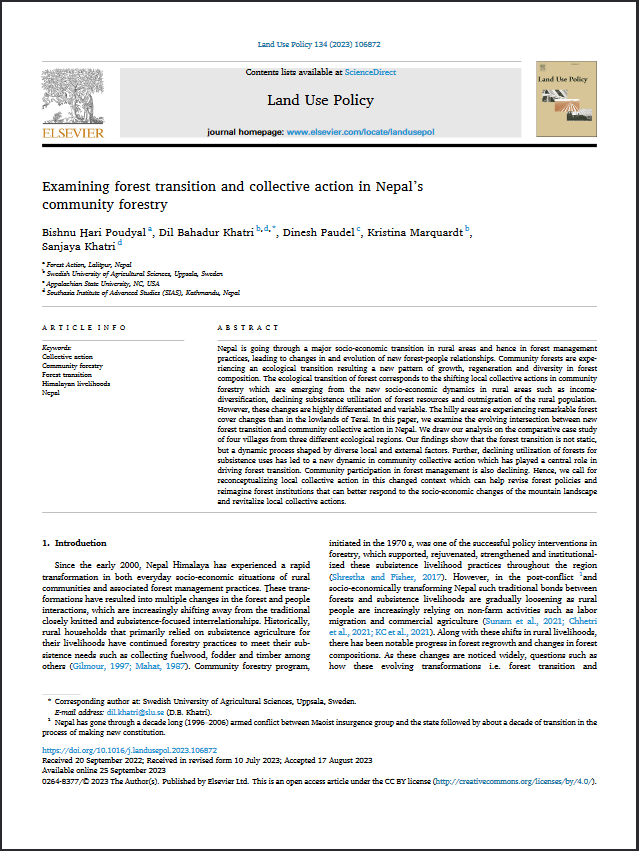Published online: 10 December 2020
Authors: Hemant R Ojha, Kaustuv R Neupane, Dil Khatri, Kamal Devkota, Gyanu Maskey, Ngamindra Dahal,Tikeswhari Joshi, Eszter Krasznai Kovács
Available at: https://doi.org/10.1002/wwp2.12041
Pages: 1 – 8
ABSTRACT
The rapidly urbanizing and highly populated South Asian region is facing a water crisis. As a key response, large centralized water systems are being put in place, replacing small and community-based systems. In this discussion note, we present the case of Nepal’s town of Bidur to show that Himalayan South Asian towns cannot ensure water supply by neglecting community-based and small-scale water supply systems. Using insights from qualitative and quantitative data collected during 2014–2019, we argue that decentralized and community-based urban water systems are more resilient than large ones during disasters. Our argument is based on the analysis of Bidur’s response to the 2015 earthquake as well as the COVID19 pandemic. We show that a mixed approach of large and small water supply schemes provides a promising solution to water insecurity in the South Asian towns. This approach can be realized by promoting diversity of water management strategies and creating research-informed planning and discussion forums at the community and municipality levels. We also recommend municipalities to formulate a comprehensive water security strategy, considering the current and future scenarios of water demand and supply.







